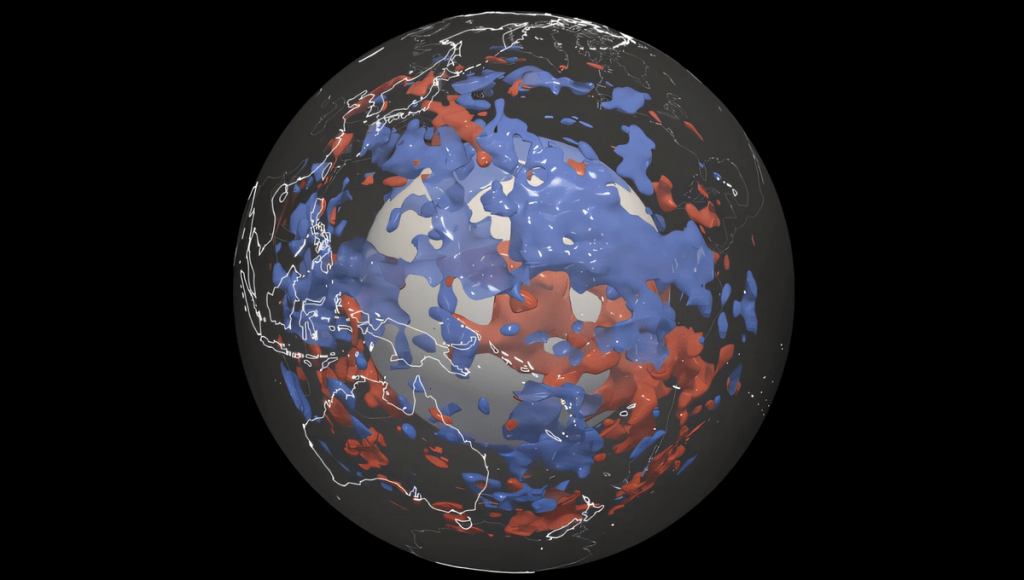Unexpected And Unexplained Structures Found Deep Below The Pacific Ocean – IFLScience

CLOSEWe have emailed you a PDF version of the article you requested.Please check your spam or junk folder You can also addnewsletters@iflscience.comto your safe senders list to ensure you never miss a message from us.CLOSEComplete the form below and we will email you a PDF versionGET PDFCancel and go backIFLScience needs the contact information you provide to us to contact you about our products and services. You may unsubscribe from these communications at any time.For information on how to unsubscribe, as well as our privacy practices and commitment to protecting your privacy, check out ourPrivacy PolicyCLOSEComplete the form below to listen to the audio version of this articleListenCancel and go backIFLScience needs the contact information you provide to us to contact you about our products and services. You may unsubscribe from these communications at any time.For information on how to unsubscribe, as well as our privacy practices and commitment to protecting your privacy, check out ourPrivacy PolicyAdvertisementSearchSubscribe today for our Weekly Newsletter in your inbox!Subscribe today for our Weekly Newsletter in your inbox!Dr. Alfredo CarpinetiDr. Alfredo CarpinetiSenior Staff Writer & Space CorrespondentAlfredo (he/him) has a PhD in Astrophysics on galaxy evolution and a Master’s in Quantum Fields and Fundamental Forces.BookView full profileBookRead IFLScience Editorial PolicySenior Staff Writer & Space CorrespondentMaddy ChapmanEditor & WriterMaddy is an editor and writer at IFLScience, with a degree in biochemistry from the University of York.BookView full profileBookRead IFLScience Editorial PolicyDOWNLOAD PDF VERSIONA visualization of where colder material in the mantle is located, courtesy of a new computer model.Image Credit: Sebastian Noe / ETH ZurichDOWNLOAD PDF VERSIONGeoscientists have used earthquakes to study the composition of the lower portion of the Earth’s mantle under the Pacific Ocean – and they’ve discovered something quite peculiar. There are zones where the seismic waves move in different ways, suggesting structures that are colder or have a different composition than the surrounding molten rocks. The team describes the presence of these structures as a major mystery.It is unclear what these structures are. If they were anywhere else, they could be portions of tectonic plates that have sunk in a subduction zone. But the Pacific is one large plate, so there should be no subduction material under it. The researchers are also uncertain about what kind of material these deep structures are made of or what this means for the internal structure of the planet.”That’s our dilemma. With the new high-resolution model, we can see such anomalies everywhere in the Earth’s mantle. But we don’t know exactly what they are or what material is creating the patterns we have uncovered,” Thomas Schouten, first author and doctoral student at the Geological Institute of ETH Zurich, said in a statement.The presence of so many cold regions in the mantle suggests that maybe they formed at different times and from different sources. They are not just subduction plates from the last 200 million years.”We think that the anomalies in the lower mantle have a variety of origins,” explained Schouten. “It could be either ancient, silica-rich material that has been there since the formation of the mantle about 4 billion years ago and has survived despite the convective movements in the mantle, or zones where iron-rich rocks accumulate as a consequence of these mantle movements over billions of years.”More work is necessary. The team is using just one single property of the waves, their speed, to work out so much of what goes on beneath our feet. Even with fantastic models, it is difficult to work out everything from just that. We cannot open up the Earth and see what’s inside. “We have to calculate the different material parameters that could generate the observed speeds of the different wave types. Essentially, we have to dive deeper into the material properties behind the wave speed,” explained Schouten.A paper describing these findings is published in the journal Scientific Reports.mantle,tectonic plates,pacific ocean,planet earthlink to articlelink to articlelink to articleAdvertisementAdvertisementAdvertisementlink to articlelink to articlelink to articleSign up today to get weekly science coverage direct to your inbox© 2025 IFLScience. All Rights Reserved. RSS





